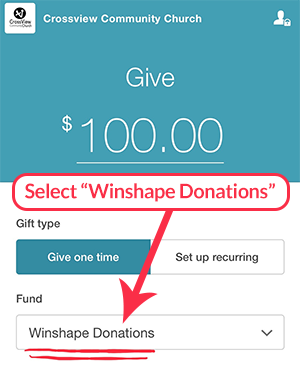I know a young leader who was recently placed in a position where he has two individuals who report to him. This was his first time leading others and, in many ways, he was still learning how to lead himself. He called me at the end of his first week; I could hear the frustration in his voice as he described the tension between him and his team.
 “I came on too strong,” he said. “I felt a lot of pressure from those who oversee me to get things sorted out and running smoothly. I blazed in there with a plan, but the other two guys had plans of their own and we ended up bulldozing each other.”
“I came on too strong,” he said. “I felt a lot of pressure from those who oversee me to get things sorted out and running smoothly. I blazed in there with a plan, but the other two guys had plans of their own and we ended up bulldozing each other.”
“So, the next day that we were all in the office together, I swung the pendulum to the other end of the spectrum. I was way too nice, too passive. By the end of the day, the HR director was cautioning me that I needed to get my department under control, as one of the guys was violating company policies—just minutes after I had told him about the policy and urged him to follow protocol!”
I smiled as I listened to him talk, knowing he had read Leader Farming and knew much of my leadership journey.
“It was just like you, Zach! I was the Army Ranger one day and the nice pastor the next! I’m sure both of these guys are very confused, and neither of them are seeing the real me. They’re only seeing two opposite extremes and neither are getting the job done or helping us work together as a team.”
Like this young man, I had struggled with these same issues as a young leader. As an Army Ranger instructor, I was used to putting the “fear of God” into those under my command so they wouldn’t do something stupid and get themselves killed. Then, as a college pastor, I focused more on the “love of God” in the way I mentored college students. Both of these leadership styles worked in their unique contexts, but it completely fell apart when I entered the business world as a Chick-fil-A Owner/Operator.
Being that Chick-fil-A is a values-based company, I utilized tactics from my time in ministry. When people began to take advantage of me, I began to lean on tactics I had learned from my time in the Army. It was like there were two versions of me constantly jumping from one extreme to the other. I was barely holding things together, let alone leading well.
Then one day I realized that it wasn’t either/or but both/and. It wasn’t about love vs. fear or results vs. relationships; it all worked together in perfect harmony.
As I talked to this young leader, he began to answer his own questions. He began to realize that both of his leadership strategies had been too extreme, and he needed a more balanced, middle-of-the-road approach. He realized that it is possible to hold people accountable, while at the same time giving them freedom and a sense of ownership, that it is possible to offer coaching without bulldozing.
At the same time that he was learning all of this, I remembered that it’s not always necessary for me to be the one to step in and offer what I may consider “profound wisdom.” Sometimes, there’s no need for me to say “Here’s what you should do,” but rather to listen and allow people to come up with answers to their own problems. This gives them a sense of ownership that they’ll never uncover if I solve their problems for them.
This lesson applies not only to growing leaders in the business world, but growing children into mature adults as well!






